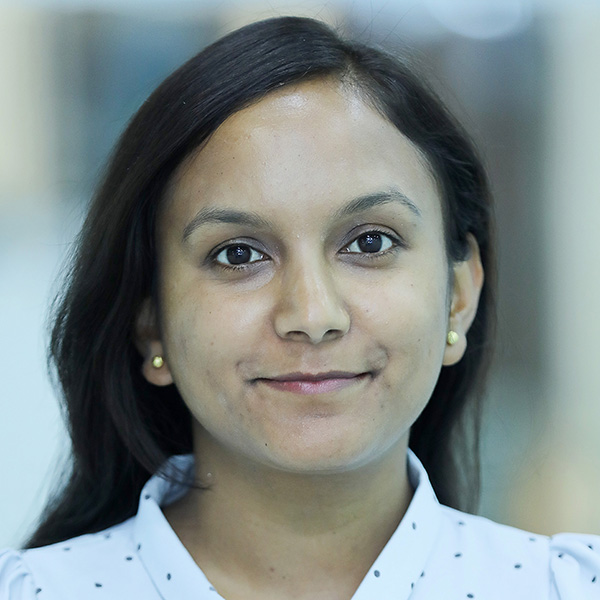Money
Sugarcane farmers plan all-out protest to get their money
They will converge on the capital with their cooking utensils and mattresses on March 17, the struggle committee said.
Krishana Prasain
As soon as the harvest season ends in March, angry planters from the sugarcane growing heartland in the central Tarai plan to converge on the capital with their cooking utensils and mattresses, and camp in Tundikhel until they get their money, the Sugarcane Farmers Struggle Committee said.
The struggle committee met on Saturday and decided to continue their ongoing protest in Sarlahi as a build-up for the mass protest slated for March 17 in Kathmandu.
Currently, the sugarcane farmers are busy in the fields harvesting their crops, so they will arrive in Kathmandu in mid-March, said Rajesh Yadav, a sugarcane farmer and member of the struggle committee.
Sugarcane farmers have not received more than Rs800 million from sugar mills for their crops and Rs1 billion in government subsidies. They began their second phase of protests after the government failed to address their grievances.
“We will coordinate with farmers from other districts too who have not got their money to join us for the Kathmandu-based protest,” said Yadav.
This time, the committee plans to bring not only the sugarcane farmers who have not been paid, but also other farmers to achieve a long-term solution.
The struggle committee has organised a series of protest programmes to pressure non-paying sugar mills to clear overdue payments.
First, the committee will try to find the exact amount that sugar mills owe to the farmers for their sugarcane.
“Farmers do not know how much money they have to receive from the sugar mills,” he said. For instance, Annapurna Sugar Mill does not have payment records for 2013-14, he added.
“We will skip a meal for 15 days and run the ‘Let’s go to Kathmandu for protest’ campaign to encourage farmers to participate in the event,” he said.
“As the farmers cannot afford to pay for accommodation in Kathmandu, the struggle committee plans to bring all the necessary materials so they will only have to pay the bus fare,” Yadav said.
“We do not expect the mills to pay our money or the government to support us,” he said.
According to Yadav, Sarlahi produced 4.2 million quintals of sugarcane this season, a steep decline from 10 million quintals last year.
Complaining that it was not easy to get the paperwork required to obtain the subsidies announced by the government, he said that no farmer would submit an application for the grants. “It is a massive hassle obtaining the documents and getting them approved by government officials,” he said.
"The government should provide the subsidy on the basis of the invoice," he added. “First, the government and mill owners do not pay us on time, and then they make us suffer more by telling us that we have to go through all kinds of hassles to get the money that is our right,” he said.
The Ministry of Industry, Commerce and Supplies said that Mahalaxmi Sugar Mill recently paid Rs20.5 million and still owes Rs50 million to the farmers.
The ministry said that it had been constantly contacting Annapurna Sugar Mill and Lumbini Sugar Mill to make the payment.
According to an official at the ministry, it is also in regular touch with the Finance Ministry regarding the sugarcane farmers’ subsidy.
The ministry has written to the Land Reform Office as Shree Ram Sugar Mill, which owes Rs240-250 million, said that it would make payment after selling its land.
Annapurna Sugar Mill has been saying that it will make payment after selling its sugar stocks, and the local government is facilitating sales so that it can pay the farmers, said the ministry.
"Last week, officials of different ministries and representatives of sugarcane farmers held a meeting to find ways to simplify the process of distributing subsidies," said Kapil Muni Mainali, president of the Nepal Sugarcane Producers Federation. “We also cleared the government’s concern regarding the involvement of middlemen,” he said.
Mainali added that they had an appointment for a meeting with the prime minister on February 9 to present their problems directly to him.




 29.24°C Kathmandu
29.24°C Kathmandu















